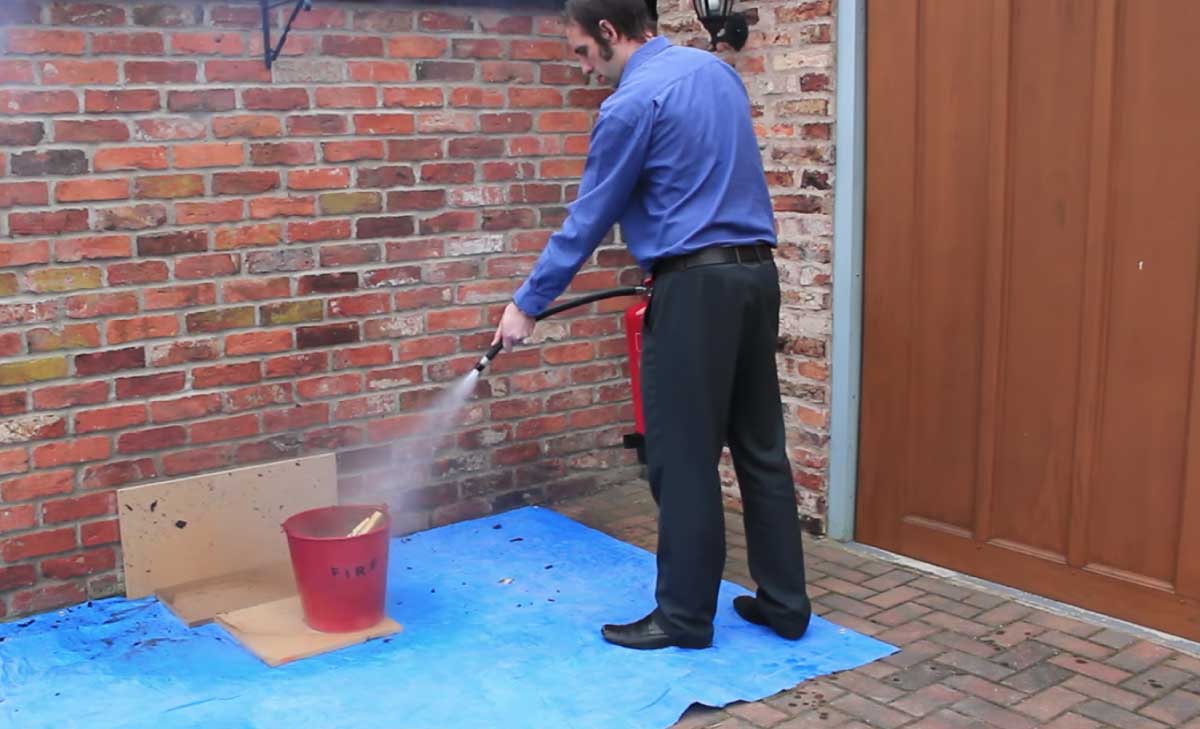How to Operate a Fire Extinguisher
According to FEMA statistics, fires take the lives of several thousand people each year (3,280 in 2015) in addition to injuring more than 15,000 annually and causing more than $10 billion in damage to property each year. The dangers associated with uncontrolled fires are real and unfortunately imminent.

As with almost any emergency, once a fire breaks out, it’s usually too late to cram for the test. Knowing how to operate a fire extinguisher is important for everyone, the layman as well as those who are firefighters, emergency responders, and others who represent the first line of defense in case of a fire.
General Fire Extinguisher Operation Instructions
The following instructions, originally published by Buckey Fire, explain general principles related to extinguishing fires of various types. These instructions apply most closely to using portable fire extinguishers, although they are also instructive for more complicated fires that can involve larger, industrial wheeled fire extinguishers and other specialized types of fire extinguishers.
Step 1: Remove the fire extinguisher from its hanger or bracket, and carry it to a position that is upwind of the fire where it can be safely used.
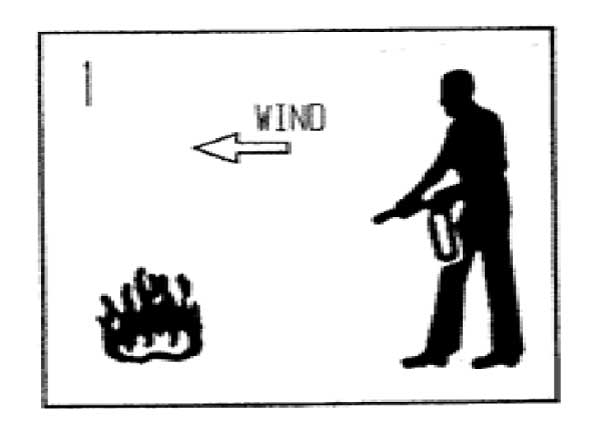
Step 2: Remove the extinguisher’s safety pin and break the inspection seal.
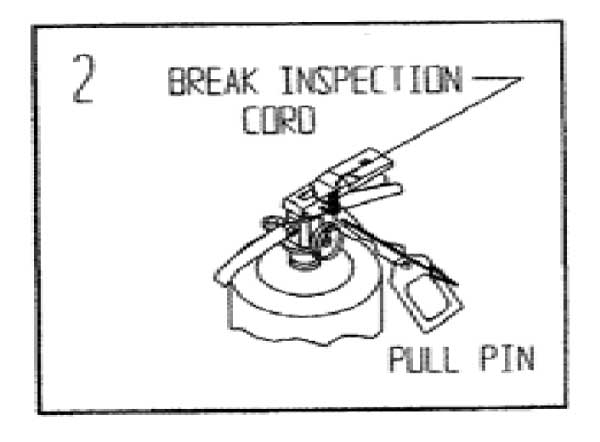
Step 3: If the fire extinguisher is equipped with a hose (such as with wheeled fire extinguishers), remove the hose from its retainer and grip the nozzle securely in your hand.

Step 4: Approach the fire from a safe position that is upwind of the fire. The appropriate distance from which to begin fighting the fire is normally listed on the nameplate of your fire extinguisher. For efficiency during an emergency, becoming familiar with the recommendation for the specific fire extinguisher you’re using should be done before a fire starts. For most portable extinguishers being used in typical household settings, the recommended distances is 10 feet from the fire.
From the recommended distance for your fire extinguisher, aim the extinguisher nozzle at the base of the flames.

Step 5: Squeeze the extinguisher’s operation lever or trigger to the full discharge position to fully open the stream. Then, with a brisk sweeping motion, direct the extinguishing agent coming from the extinguisher across the full front edge of the base of the flames until the fire is completely extinguished.

Step 6: Once the fire has been extinguished, release the fire extinguisher’s operating lever.
Continue to monitor the fire area on alert for possible flashbacks until it is clear that the fire is completely extinguished and the fire hazard is gone.
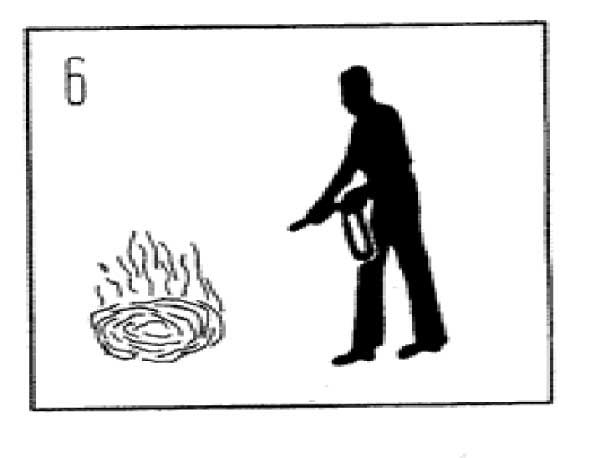
Step 7: Evacuate the area affected by the fire. For indoor fires where air flow is restricted by a structure, enusure that there is ventilation. Fumes and smoke from fire are hazardous and potentially deadly, and can be a significant risk even after the fire itself has been extinguished. Clearing the area affected by the fire and promoting ventilation will reduce this risk.
Understand Specific Instructions for Fighting Particular Fires
The list of steps above are generally applicable to some of the most common types of fires, the majority of which occur in residences and outside. In other situations, such as with fires that break out in industrial areas, chemical labs, or in other unique combustion environments. The operation of fire extinguishers in these kinds of outlier situations often involves taking extra steps or procedures that vary from the steps listed above. For those unique cases, specific training should be provided that is matched to the circumstances and their potential fire hazards, Specific training material should accompany whichever fire extinguishers have been identified as appropriate for use in those respective environments.
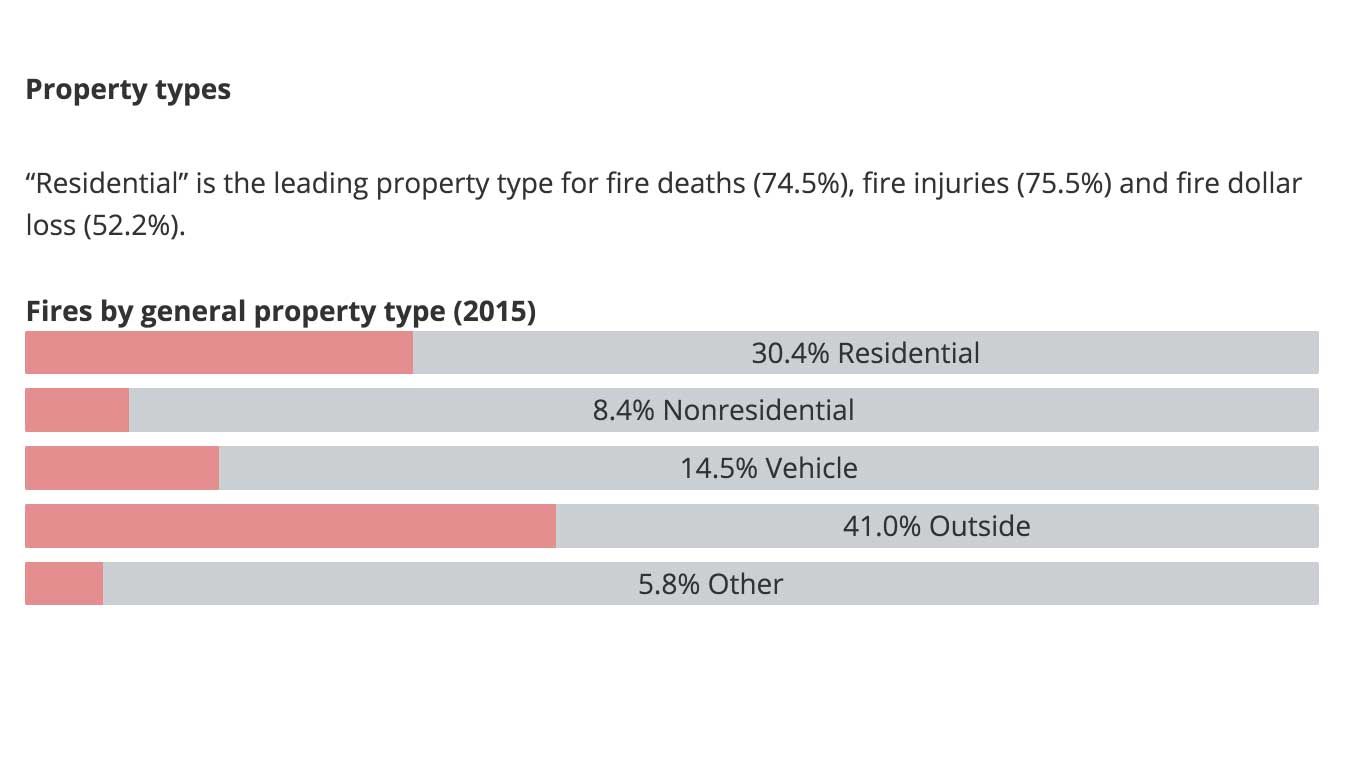
At OnlineSafetyDepot.com, we provide training and information regarding the fire extinguishers we offer for sale as well as safety procedures that apply to best practices for fire safety generally.

